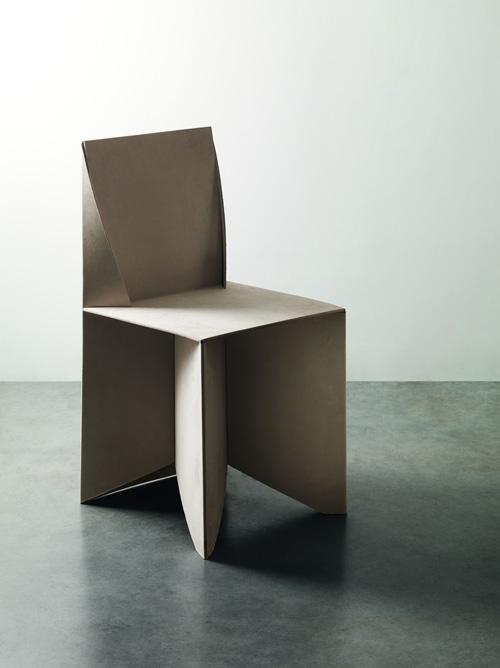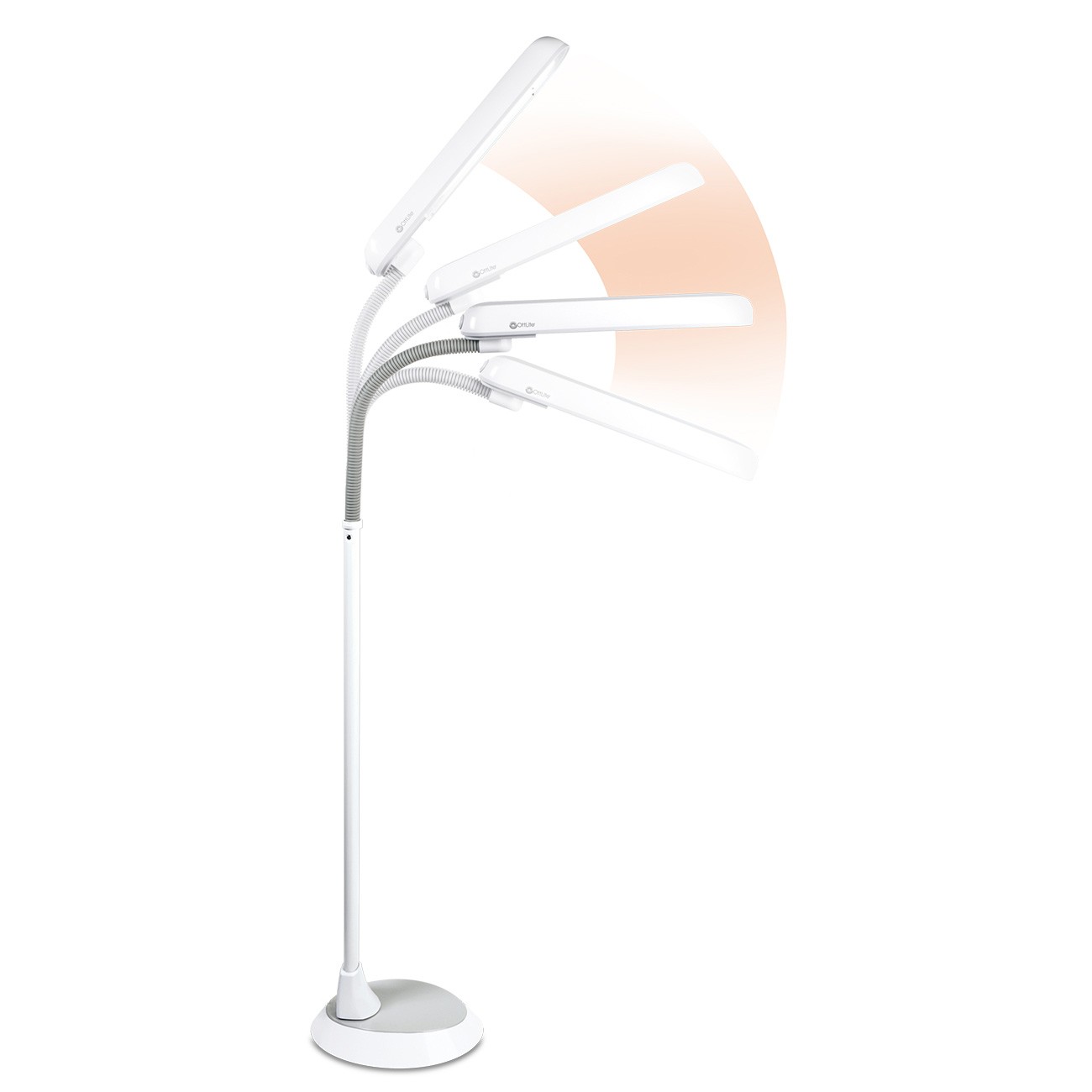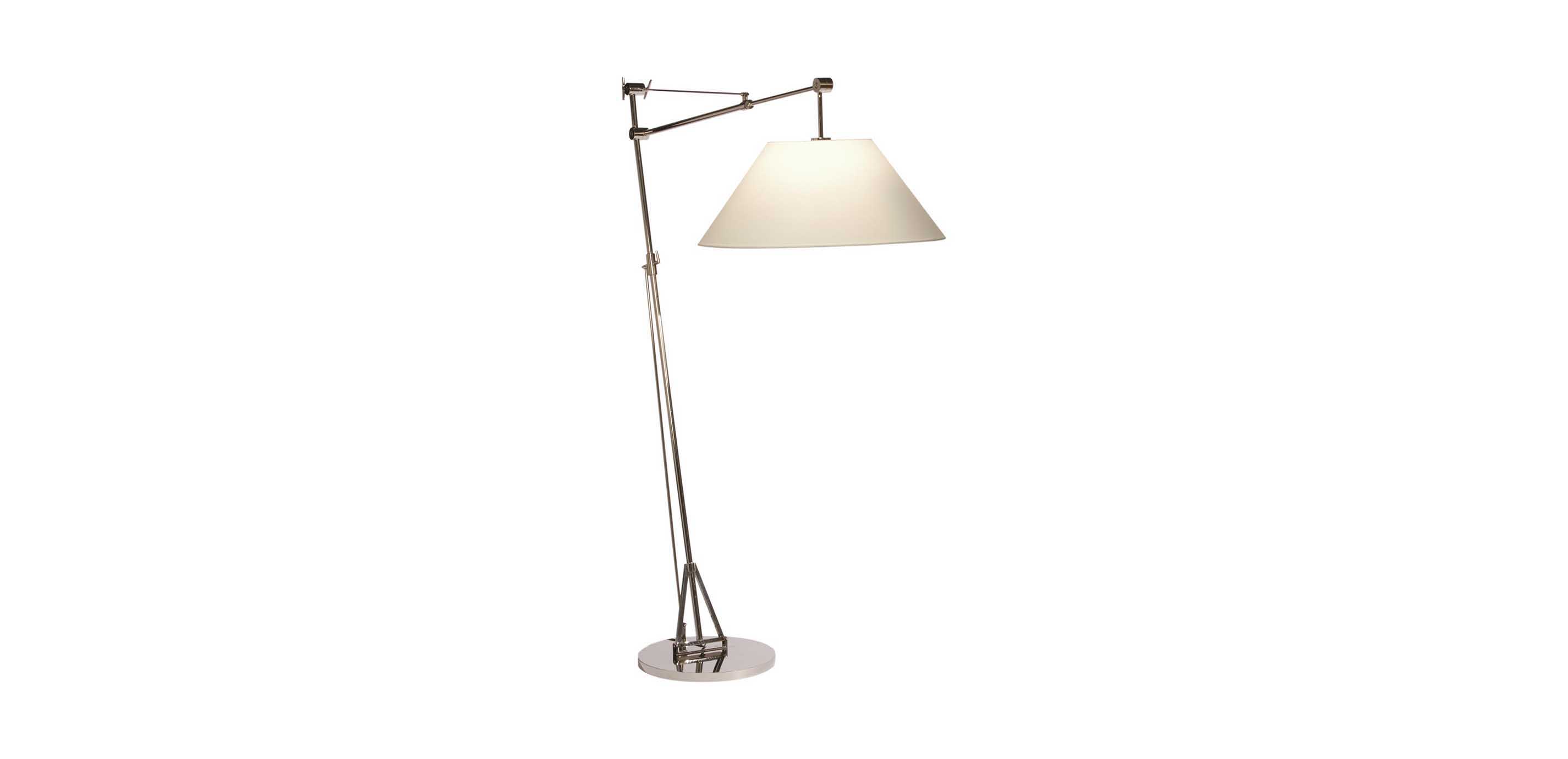Table Of Content

With its near-circular seat frame and its hoop splat back, the Thonet 209 armchair is the icon for modernists. Even Le Corbusier himself considered this the chair that best shares the aesthetic of his modern architecture, placing it in nearly all of his buildings. This chair was designed in 1928, making it the first tube steel framed style of seat that could be mass-produced. Traditionally, there are no arms on this chair, though you can get them with arms. Designed by Marcel Breuer in Germany and named after his daughter Francesca, the chair offers a fun bounce and appears to “float” a sitting person on air. Throughout the 1960s, furniture designers were seeking an alternative to plastic and struggled to find anything that could compete with its light flexibility.
Britney Spears ends protracted battle with her father over conservatorship legal fees
Get our big stories about Hollywood, film, television, music, arts, culture and more right in your inbox as soon as they publish. The Los Angeles County Museum of Art is at a critical juncture in its efforts to push its Peter Zumthor-designed building project closer to the finish line. Initially commissioned for the lobby and reception areas inside Copenhagen's Royal Hotel in 1958, Arne Jacobsen's iconic Egg Chair has remained a steadfast classic and continues to be a must-have for design mavens.
Bedroom Furniture
Comfortable Wooden Chair Design Factory Sale atlantaprogressivenews.com - Atlanta Progressive News
Comfortable Wooden Chair Design Factory Sale atlantaprogressivenews.com.
Posted: Fri, 26 Apr 2024 18:04:08 GMT [source]
A new air of minimalism captured the minds of furniture designers in Europe and the United States. Suddenly, it was no longer in fashion to have older chairs in the house. As the post-war period saw an increase in mass production of household goods, many furniture pieces were able to be produced at lightning speeds compared to the past. As long as people have been furnishing homes, they've been designing (and shopping for) chairs to go in them.
Modern Furniture
This concept was so revolutionary in 1946 that Time called it one of the best designs of the 20th century. When Eero Saarinen designed the now-famous Pedestal Collection in 1957, he wanted to create furniture that looked good from every angle. Or, in his words, find a solution to the "ugly, confusing, unrestful world" underneath tables and chairs. The designer traded in traditional legs for a sleek, tulip-like base, and the rest was history. Also called the Diamond chair, this 1952 chair by Harry Bertoia is an open form and metal style chair which is inspired by sculptures.
Aarnio was inspired to create a chair that he and his wife could sit in comfortably together. The chair sits on the floor, but another similar version called the Bubble can be suspended from the ceiling. The Windsor chair, characterized by its spindled chair back, has a history as old as the United States.
From the Louis XIV to the Monobloc, these seats stand the test of time. Born in Goodland, Kansas, Milo Baughman and his family moved to California shortly after his birth. At 13, he contributed to the design of his family home in Long Beach, California. As an adult, Baughman joined the Army Air Force during World War II where he gained more experience designing officers’ clubs. Rachel Silva, the Assistant Digital Editor at ELLE DECOR, covers design, architecture, trends, and anything to do with haute couture. She has previously written for Time, The Wall Street Journal, and Citywire.

Louis XIV Chair
Intended as an entry for the International Competition for Low-Cost Furniture Design in 1950, the Eames Molded Plastic & Fiberglass Armchair is a customizable chair that comes in a variety of colors and silhouettes. While the base is available in either wood or metal, the seat's shell is always made of Zenaloy, a durable yet flexible fiberglass-fortified polyester. The use of Zenaloy made mass production of the chair both easy and affordable, resulting in a low-cost, high quality product.
Related Articles
Even though most of these original designs are quite expensive, it’s clear that Ikea was greatly influenced by these chairs in their mass-market furniture retail business. After graduating from the prestigious Cranbrook Academy in Michigan, designer couple Charles and Ray Eames moved to Los Angeles, where they began experimenting with new materials and processes for making furniture. Part of this experimentation resulted in what they called the "Kazam! Machine," a mechanism for pressing sheets of thin wood veneer together and bending them. The LCW, introduced in 1946, is the result of this process, with a back and seat shaped to perfectly cradle a sitter of any size. Your outdoor space can be an extension of your well-edited, modern indoor environment.
The Roly-Poly, designed by British designer Faye Toogood in 2014 after the birth of her first child, came out of a real need. Characterized by its chunky legs and soft edges, the Roly-Poly armchair is a low-profile, comfortable seat that many see as an homage to motherhood—if not the thick, stubby legs of a baby elephant. “It’s an interesting boldly sculptural single-form, single-material rotational-molded chair, which can be used indoors and outdoors,” Fielly notes. Originally cast in fiberglass, the chair now comes in an array of materials and colors that would appeal to maximalists and minimalists alike.
LACMA might be a de facto museum of contemporary art, but frankly it’s not a very good one. Both institutions will decide what exhibitions will travel to Las Vegas in a process expected to unfold organically as the collaboration develops, Govan and Harmon say. Because the museums are relatively close in proximity, Govan hopes the shows can travel in electric vehicles to reduce the carbon footprint of the exchange. “Women Defining Women in Contemporary Art of the Middle East and Beyond,” “Kimono for a Modern Age,” the museum’s Robert Mapplethorpe collection or its collection of California photography could go.
The Jetty chair is an inclusive style of seating that features a variety of fully upholstered seats and back. The arms have a slight curve that extends to the end of the base of the seat. The Wishbone chair, also known as the CH24 chair or Y chair, has a woven rope seat and bent wooden armrests.
In 1994, the company tapped Bill Stumpf and Don Chadwick to design the Aeron, a "human-centered" chair. This style has been bridging the gap between form and function for 25 years, thanks to its ergonomic construction and sleek silhouette. Of course, Breuer is best known for the Wassily Chair, which he designed in 1925. Spotted everywhere from design museums to television shows like Frasier, this option is considered to be the first bent tubular steel chair design. The Ball chair was designed in 1963 by Eero Aarnio, a Finnish interior designer who studied at the Institute of Industrial Arts in Helsinki. It is a spherical chair that has been cut in half to provide room for someone to sit inside it comfortably, while being wrapped in the cocoon of the chair.
“Comfortable and puffy like an old-fashioned club sofa, it is the mid-20th-century answer to the Victorian daybed,” Miller writes. Best known for their efforts to create inexpensive furniture pieces that could be mass-produced easily, the Eames set is the husband-and-wife team’s take on luxury. “The couple’s genius lies in the fact that the chair and ottoman look equally appropriate in the executive office, a home study, or the family den,” Miller adds. It’s also the best example of the evolution of the lounge chair typology, Vitra’s Liv Buur explains. “Charles and Ray Eames studied the chesterfield and the English club chair, in an aim to design a chair with similar comfort but a more easy and contemporary appearance. They succeeded—big time—both in design and longevity.” The seat was released by Herman Miller in 1956 and has been produced by Vitra uninterrupted since it was designed.
Behold the Wassily B3 Chair, the first successful cantilever chair that defied the four-legged standard. Fascinated by bicycle handlebars, Hungarian architect Marcel Breuer introduced the first chair made from tubular steel in 1925. The sculptural, abstract chair was a milestone in the history of modern furniture, offering a sitting experience in which one is suspended over the base, seemingly floating on air, with just two legs for support (and a comfortable bounce). Three years later, Breuer would introduce through Knoll the Cesca, a simplified version of the chair that features a cane seat. While the Wassily and Cesca chairs have become the holy grail for modern designers, their design is as surprising now as it was in its first years.
Use contemporary bar stools to maximize the function of your island or counter space. Whatever your aspirations, 2Modern has the styles to give your room a modern mood. Perhaps the most well-known modern chair, the Eames Lounge (670) was designed in 1956 by American architects and married couple Charles and Ray Eames.
Some are still in production, while others have to be hunted down at auctions and antique stores. Here are 19 of the most iconic chairs of the 20th century, all making huge waves in today's furniture market. If lighting is the jewelry of a room, a statement chair is the designer handbag. Well designed and expertly crafted, chairs add polish to any room—just like a Chanel 2.55 would an outfit.














